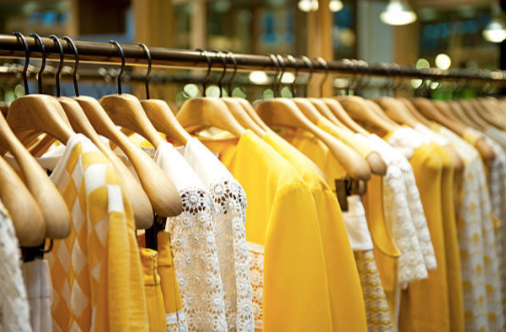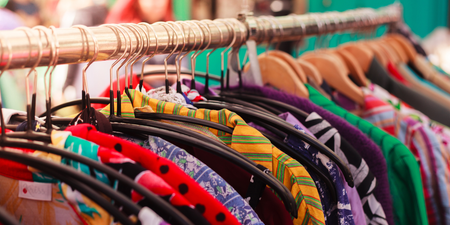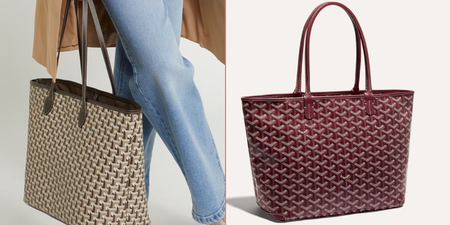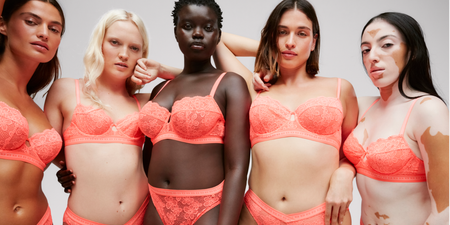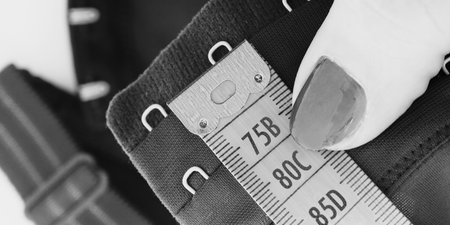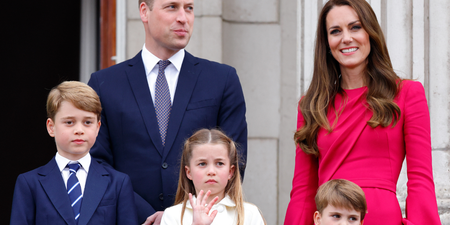And it’s worked out quite well, in fairness.
A few years ago, I would spend hours perusing Boohoo, ASOS and PrettyLittleThing.
The second my wages landed into my bank account, I’d be straight online, perusing the garments, adding 20 pieces to my basket and eventually buying five.
Like most of us I would wait anxiously for the An Post missed delivery slip to arrive at my door, head down to the sorting office, gleeful ahead of the prospect of collecting my goods.
Like most of us I would go home, tear open my package, and try on my perfectly curated haul that probably only came to less than 45 quid.
And like most of us, I would be incredibly disappointed with my purchases, lament the fact that I had nothing to wear for the several events I had coming up, and hunt desperately for the returns package to send everything back.
Which, not like most of us, I never actually did.

Instead, I’d leave everything in my wardrobe to rot, mildly hoping that someday in the future I’d fit into the size 10 jeans that were on sale for a tenner, or suddenly decide that horizontal stripes did indeed look good on me.
Unsurprisingly, they never did, and I was left with a substantial amount of clothes that barely fit over my arse or wouldn’t close over my boobs, but that I was fully not bothered to send back.
Such is the plight of the online shopper who enjoys wearing new things but whose size varies so drastically from shop to shop and garment to garment that it’s impossible to buy anything purely by eye.
It got to the point where I wasn’t happy with purchasing anything unless I had tried it on first – grabbed it in a few sizes, saw how it fit – or didn’t fit – my body, and made my decision based on whether the piece was actually worth my time… and money.

Online shopping is tempting because of its accessibility. It’s cheap, it’s fast, it’s easy.
But it has also led to the prevalence of fast fashion, and the intensely poor effect that the industry has had on the planet, the world’s resource, and individuals who are often worked to the bone in unacceptable conditions.
Recent CSO statistics show that out of all the purchases made by internet users in Ireland last year, 51 percent were clothes or sporting goods.
This even surpassed purchases made for flights and accommodation, as well as tickets bought for events including concerts and other shows.
The demographic of people buying the most clothes online in Ireland rests, unsurprisingly, with the 18 – 29 year age group – a stark contrast from the 23 percent of 60 to 79 year olds who also bought the same.
Despite this, young people aren’t to blame for the prevalence of fast fashion and the damage it’s doing to the world.
Millennials are, naturally, one of the most tech savvy of all generations – so if there’s a means of purchasing clothes that’s even slightly more convenient than heading into a shop, chances are we’re going to jump on it.
Why wouldn’t we? The option’s there, after all.

It’s this availability of cheap and more often than not disposable clothes that makes it that more difficult to step away.
And even though my own subconscious decision to not bother with online shopping came from a distrust of sizing and a general lack of patience, the realisation that I hadn’t bought any clothes online in quite a long time came with a muted sense of achievement.
I may not be no hashtag sustainable queen (to my detriment), but I have accidentally been a bit more sound in my purchasing decisions in the process.
An increased awareness and understanding of climate change has made most young people more conscious about the clothes that they buy and the waste that they create.
The fashion industry is one of the world’s worst pollutants, causing approximately 10 percent of all carbon emissions globally.
Up to 85 percent of textiles produced in the world end up in landfill each year, which isn’t all that surprising considering fast fashion purchases have continued to rise over time – while our willingness to keep these clothes for extended periods continues to fall.
My decision to avoid online shopping may have been unconscious, but overall it’s made a considerably positive difference to my wardrobe, my carbon footprint – and my bank account.
